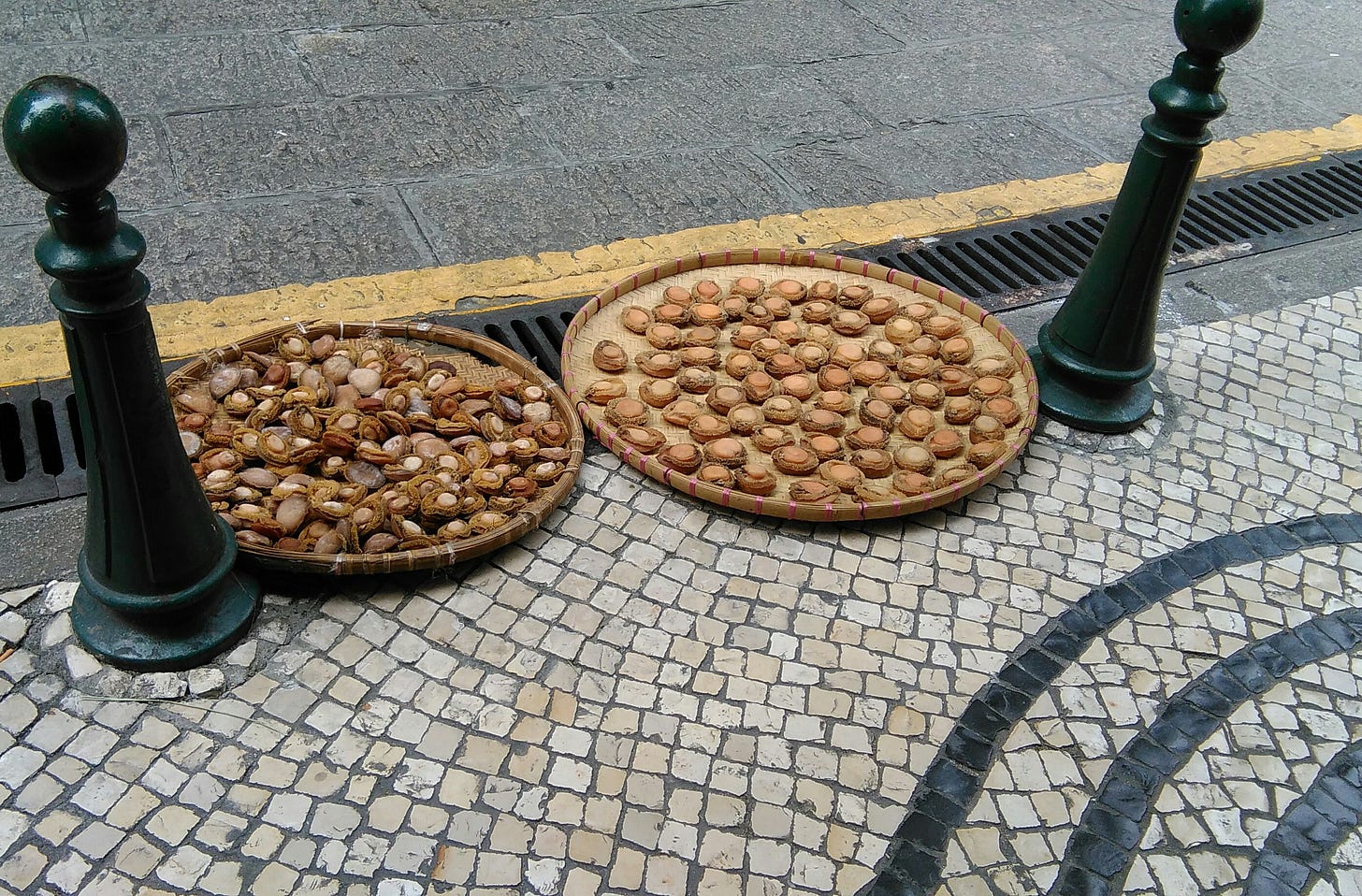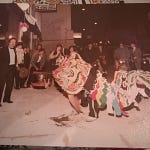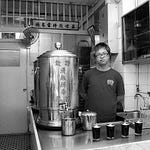XO Sauce - a combination of dried seafood, ham, chillies and other seasonings in a stock - has grown to be a Hong Kong condiment par excellence. How is this condiment now used in the Chinese kitchens, and what ingredients does it go well with during the cooking process? What does the XO in the name signify, and what are the origin stories surrounding the sauce, and how does it play up the distinctions and disjunctures in Hong Kong society?
In this edition we revisit and do a deep-dive into our ‘sort-of’ namesake. How many ways do you enjoy XO sauce? Do you add it as a savoury topping to comforting congee, to spread it like jam on wagyu beef? Are there hard and fast rules defining how XO sauce is created? And, now that East Asian dried scallops are no longer available in the UK, how has Andrew adapted these rules for making a London-style XO sauce?
If you’d like to learn more about Hong Kong cuisine in the 1970s and 1980s: Cheung, S, C. H., 2012, ‘Food and Cuisine in a changing society' in D. Wu and S. C. H. Cheung (eds) Globalization of Chinese Food, Routledge, pp. 120-132.

Intro and outro music: 遊子 [wanderer] by mafmadmaf.com














Share this post